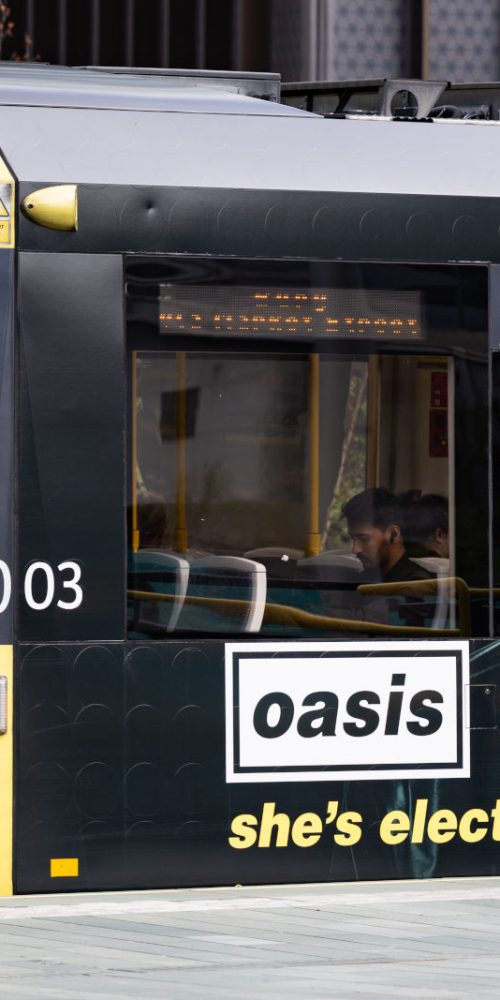Where to start with your Carbon footprint?
Imagine you book a return Eurostar from London to Paris. Before reaching check-out, you are given the option to address the 45kg of CO2e that your journey will generate. Bienvenue to the world of offsetting, carbon balancing, and Carbon Credits.
Most products and services come with a price tag, but they also come with an increasingly visible carbon emissions ‘price’ tag. The travel industry is a carbon intensive industry that, according to the World Travel & Tourism Council, “generates between 8% and 11% of the world’s greenhouse gas emissions”. The carbon cost of a flight or a train journey can be easily calculated and therefore airlines and train operators often give customers the option to ‘offset’ the carbon emissions generated by their journey.
If you chose to offset a journey you are opting to pay for a Carbon Credit. A Carbon Credit is not tangible, you cannot hold it in your hands, instead it is “a financial transfer from one entity seeking to gain credit for a reduction in emissions to another offering to deliver this emissions reduction”. Carbon Credits can be broken down into two distinct categories: Reduction/Avoidance Credits and Removal Credits.
A Reduction/Avoidance Credit is a Carbon Credit where you pay for someone else to not emit carbon they would otherwise have emitted. A Removal Credit is where you pay for the carbon emitted by your purchase to be sequestered from the atmosphere, resulting in net zero emissions. In other words, you are ‘balancing’ the footprint of your purchase or activity, as the outcome is net zero gained carbon emissions. Eurostar doesn’t give you the option to specify the type of offset, balance or removal you pay for, but as an individual or as a business interested in limiting your impact on the environment, you have choice in how you go about addressing emissions.
Carbon Credits are bought and sold on Voluntary Carbon Markets (VCMs). There are several factors to consider when navigating VCMs. Notably, Carbon Credits are not created equal. Klimate.co, a Danish Environmental Services company, was founded on the realisation that “good money was being wasted on bad offsets”, which was deemed “wasteful at best, and greenwashing at worst”.
“Voluntary Carbon Markets …are markets where carbon credits are purchased, usually by organisations, for voluntary use rather than to comply with legally binding emissions reduction obligations such as an emissions trading scheme or carbon tax.”
Climate Change Committee, Voluntary Carbon Markets and Offsetting
We have been reviewing a handful of platforms that support buyers as they decide which Carbon Credits to purchase and showcase what projects Carbon Credits translate to in the real world. Reduction/Avoidance Credits can fund a simple, nature-based solution, such as a reforestation project. Alternatively, a Removal Credit can invest in an engineered technological solution, such as Enhanced Weathering.
So, what is the ‘best’ Carbon Credit out there?
Key attributes are used to identify the strengths and limitations of Carbon Credits and guide investment:
- Real and verifiable: Carbon Credits with scientific backing that are validated by external parties such as Verra, a carbon accounting standard and organisation.
- Additionality: Ensuring Carbon Credits are creating net-new impact and the purchase of said Carbon Credit is not paying for something that would have occurred irrespective of investment.
- Permanence/Durability: The period of time a Carbon Credit guarantees said tonnage of carbon emissions will be avoided/reduced or removed.
- Leakage: Identifying if Carbon Credits shift negative externalities from one place to another. For example, Carbon Credits investing in a project protecting forests in Brazil should not prompt deforestation in Bolivia that would not have occurred otherwise.
- Vintage: Carbon Credits’ vintage, like that of wine, relates to the year projects take place, either in the past or future.
- Negativity: The guarantee that the tonnage of emissions generated in the process of sequestering carbon from the atmosphere is net less than the tonnage of carbon emissions removed.
(Patch.io webinar: A buyer’s guide to trusted carbon credits webinar)
CUR8.earth, Klimate.co, and Patch.io specialise in creating and selling Carbon Credit portfolios. CUR8 builds high quality portfolios that take key attributes into consideration, blending the advantages and limitations of Carbon Credits to spread risk and diversify investment into VCMs. Investment into a range of initiatives is essential if we are to ensure a future supply of Carbon Credits, as VCMs, unlike the traditional stock market, are immature and small-scale. According to the Ecosystem Marketplace, total trade on global VCMs amounted to approximately $2 billion in 2021, which according to the Climate Change Committee, Voluntary Carbon Markets and Offsetting report, is “equivalent to 0.8% of estimated global CO2 emissions”.
Let’s take a step back. When navigating the world of offsetting, balancing, and Carbon Credits the starting point should not be ‘how to grow VCMs’ or ‘what are the key attributes to consider when puchasing Carbon Credits’, but instead we should start by asking, how can we reduce our carbon footprint?
Behaviour change is one of the most effective and affordable ways to reduce negative impact on the environment. For instance, by reducing the carbon footprint of visitor travel, you also reduce the number and cost of Carbon Credits needed to offset or remove, and balance your emissions. By making greener travel options more visible to visitors, businesses encourage behaviour change and reduce Scope 3 emissions.
‘You. Smart. Thing.’ (YST) is a travel demand management platform and visitor-facing travel assistant service that affects behaviour change, reducing the disproportionate carbon footprint created by visitor travel: Rather than simply recommending the fastest route, which typically reinforces the use of private cars, the YST travel demand management platform load-balances transport networks by prioritising social, environmental, and economic objectives. It enables organisations to deliver a personalised low-carbon travel plans to their visitors. By nudging people towards more sustainable behaviours, it is perfectly placed to reduce the potential cost of balancing a destination’s carbon footprint.
Buying a Eurostar ticket to Paris is straightforward… understanding where to start with your Carbon footprint is a little more complex. As we gain carbon literacy, we will have a greater grasp of the Voluntary Carbon Markets, Offsetting, Balancing, and Carbon Credits.




